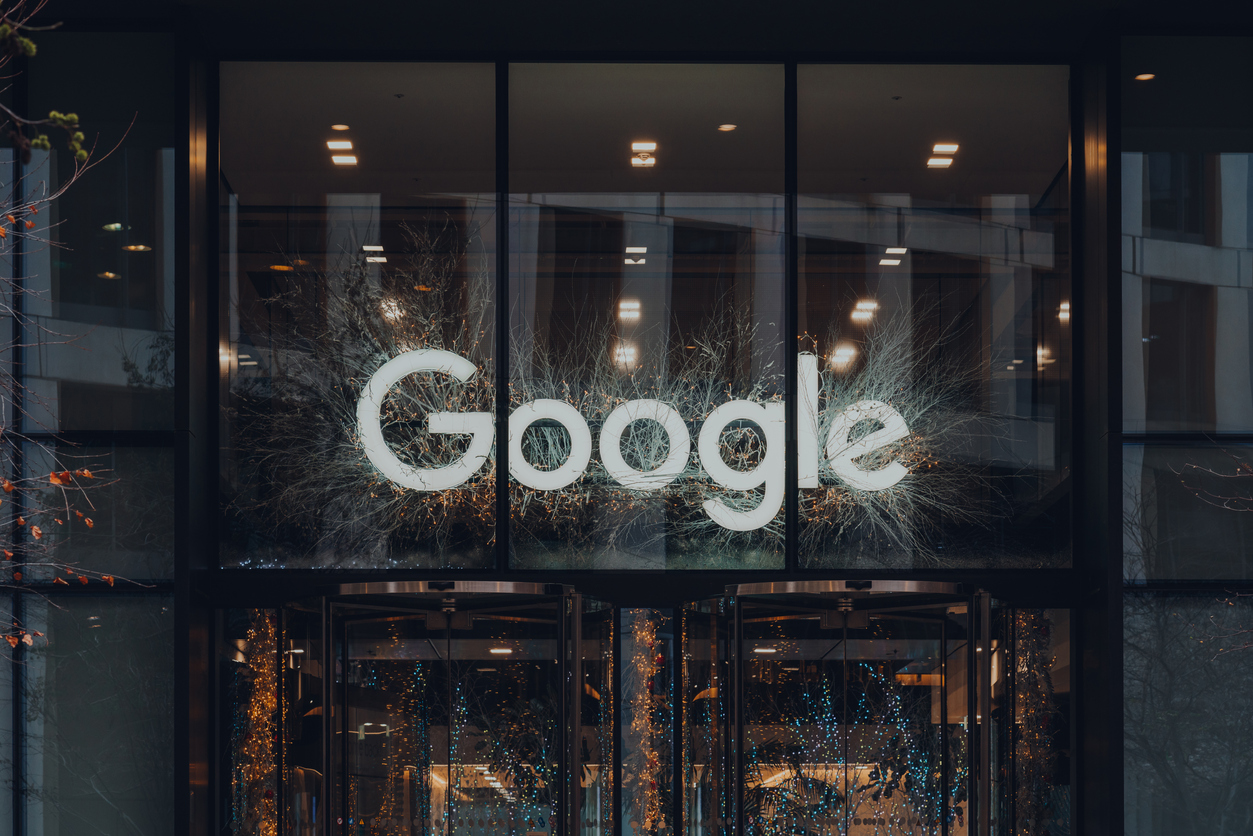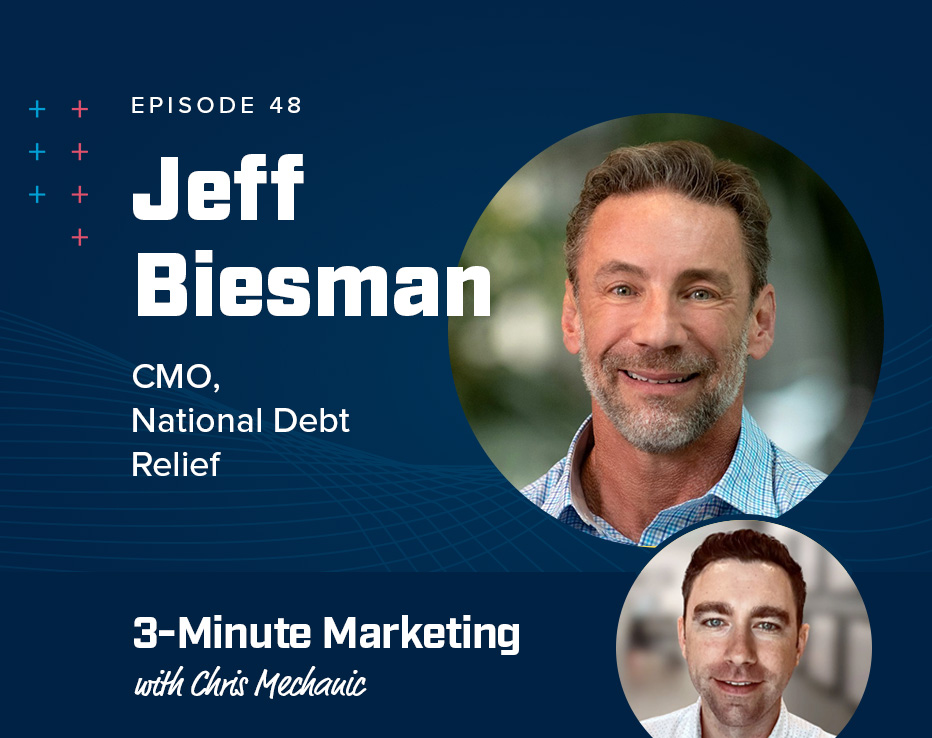
7 Google Ads tips and tricks for 2022 that will make your results go BOOM!
It’s 2022 and Google Ads has fundamentally changed in ways that will impact how advertisers use the platform forever.
That said, there are also some undying principles and tactics that still work today.
Read on to learn 7 Google Ads tips and tricks for 2022 that will help you blow past your campaign performance goals. Specifically, you’ll learn from our experts:
- The mindset shift needed to succeed on Google Ads in 2022
- The latest best practices for Google Ads management
- A simple Google Ads optimization checklist for quick audits
- How to maintain Google Ads performance across different campaign types
And much more.
- Tip #1: Shift from a “manual” mindset to embrace automation
- Tip #2: Focus on the “undying principles” of data and creative
- Tip #3: Audit these 3 areas of your account to boost results fast
- Tip #4: Do the right “block and tackle” activities in your account
- Tip #5: Optimize your Google Display campaigns for quality
- Tip #6: Avoid these 7 deadly Google Ads mistakes
- Tip #7: Try these Google Ads tools to level up your performance
Tip #1: Shift from a “manual” mindset to embrace automation
Google Ads used to be like flying a single-engine small plane where you had to do everything manually.
Today, Google Ads is more like a 747. It can (and will) fly by itself. And in fact, there are probably more controls inside of Google Ads than there are inside of a 747. It’s arguably the most complex self-serve ad platform on the market.
You COULD fly a 747 manually if you had to, but the robots can do it better than you. So Google Ads management has become a lot less about performing many tasks in bulk individually. Instead, it’s imperative that advertisers fundamentally understand 3 things:
- The business their ad account is serving, including the revenue-level behaviors of their buyer’s journey and their respective business value
- How the “machine”, AKA Google’s machine learning algorithm operates
- How to “train the machine” with the business value inputs necessary to drive real business outcomes
It’s no longer just about clicks and conversions. Master the game of “training robots” to the business outcomes you want and you’ll be way ahead of advertisers stuck in “2010’s” era manual strategies.
Tip #2: Focus on the “undying principles” of data and creative
Data and creative are the two everlasting components in marketing.
And in a world where the “data” piece is becoming more and more automated (see tip #1 above,) you can’t emphasize enough the importance of powerful creative. There’s always something that you could say in your ad to earn that click or show on your landing page to earn that lead or sale.
If you do nothing except really come out with exceptional creative, but your competitor does not, you’ll probably still win in the new future of Google Ads (even if their data game is tight).
Plus, if your creative’s off the charts, all your other Google Ads metrics will improve. Your click through rates are going to be a lot better. Your average cost per click is going to be a lot better. And then if your landing pages align with your creative, the conversion rates are going to be great and your overall CPA will be super low.
Tip #3: Audit these 3 areas of your account to boost results fast
If you need a short-term boost in your Google Ads ROI, look at these 3 areas immediately:
#1: Quality scores for non-branded search terms. Your branded search terms are typically going to have great quality scores. So focus your energy on improving quality score for your non-branded terms. Look for ways you can improve clickthrough rates, ad relevancy and landing page experience for these terms.
#2: Your search term reports. Make sure that the search queries you’re showing up for are relevant, especially if you’re using broad match keywords and you haven’t had time to build out a really big negative keyword list. Exclude any that aren’t and keep building out your negatives over time.
#3: Your “ad strength.” Improve this metric for your responsive search ads to at least “good” to positively impact your quality scores and expected click-through rates. An easy way to do this is to simply add more relevant keywords from that ad group into the ad text.
BONUS: Your conversions and conversion rates. Make sure the conversions you want to fire are firing properly! And make sure you’re hitting acceptable conversion rate benchmarks for your campaign objective (i.e. a content offer will likely convert higher than a demo request, etc.)
Tip #4: Do the right “block and tackle” activities in your account
Google Ads pros don’t just focus on tactics, tips and tricks. They also execute ongoing optimization activities that actually move the needle. Religiously perform these daily, weekly and monthly activities to incrementally improve your results over time.
Daily activities: Monitor your account and make adjustments as necessary. Add negatives, exclude placements, and make bid adjustments at the keyword, device and demographic levels. Also, make sure your budgets are tracking appropriately and reallocate or pull back spend as necessary.
Weekly activities: Monitor your KPIs to keep track of period-over-period trends in performance. Building high-quality reports and dashboards is very important here. But don’t stop there — develop plans of action around those reports for the following week. Ask yourself, “What am I seeing in the account that’s happening? What areas can I improve?” Whether it’s conversion rates, CPA, etc.
Monthly activities: Build your “testing plan” for the next month. Look back at your previous month’s results and ask, “What are the 3-5 big areas we need to focus on next month to drive better performance?” Then create a prioritized plan of tests and activities accordingly for the month ahead.
BONUS tip: Sort your campaigns for impact. Whenever you’re evaluating account performance, the “80/20 rule” applies. Sort your campaigns by ad spend and focus on your high-spending campaigns first, then sort the ad groups by spend as well.
Tip #5: Optimize your Google Display campaigns for quality
Google Display can be a great way to extend the reach of your campaigns. But it’s easy to lose your shirt if you ignore a few key rules of optimization.
Asset and audience alignment. Ensure that the audiences that you have built out align with the assets you are running against. Ask yourself, “Would this audience be especially interested in what I’m offering them?” If the answer to that question is “no”, don’t target or otherwise exclude that audience.
Use good data. If you’re only firing conversions on a form fill, Google can only optimize Display to get you more form fills. But if you want leads that will turn into sales (like MQLs, SQLs, etc.) then you need to send post-conversion data back into Google Ads from your CRM to train it on that lower funnel outcome.
Problem is, you might not have enough lower funnel conversions to do that (>30 is recommended, >50 is ideal.) In that case, you can fire a pre-conversion signal — which we affectionately call a “zombie scrubber” — to filter your display audience for intent and engagement to start.
Add a disqualifier question to your form. This is one of our favorite Google Ads hacks for 2022… Let’s say you’re a loan company and your applicants must have at least a 700 credit score to qualify. Ask that question on your form, then only fire your conversion pixel if the applicant’s self-reported credit score is at or above 700. You might end up with less “leads”, but the quality Google brings you and the close rate on those leads will almost certainly be much higher.
Use first party data. Upload relevant customer match lists like, “These are my best customers of Q1 / of last year.” Then, use Google’s “similar audiences” feature to target new customers that look like the dream customer list you’ve uploaded.
BONUS tip: Don’t forget about video ads in 2022! YouTube is the second largest search engine online right now, but the traffic is still way underpriced compared to Google. It’s worth allocating at least some budget to testing YouTube ads, at least for retargeting your website visitors to start.
Tip #6: Avoid these 7 deadly Google Ads mistakes
Do you make these 7 mistakes in your Google Ads account?
No matter what types of Google Ads you’re running, make sure you review these and act accordingly.
Mistake #1: Using only one match type. If you’re leaning too heavily on broad, phrase or exact match, you’re probably missing opportunities to improve your campaign reach or ROI.
Mistake #2: Not bidding on your branded terms. Because if your competitors are bidding on YOUR brand terms, they have an opportunity to snipe clicks and business away from you. (And if you want your branded ads to run ONLY when competitors are present, check this out.)
Mistake #3: Tracking oopsies. More common than you might think, especially if an account has changed hands between multiple agencies and teams over the years. Issues like double counting or under-counting leads, or useless conversions firing make it hard to measure true performance.
Mistake #4: Only optimizing towards leads. If you’re not optimizing your campaigns towards downfunnel objective (like MQLs and SQLs) you’re a probably wasting a lot of spend on leads that will never convert. That means more waste and missed opportunities to bid towards revenue outcomes.
Mistake #5: Not having one source of truth. Maybe you have Google Ads, Google or Adobe Analytics, a CRM, a CDP, etc. But not having one source of truth for your campaigns results in a hairy mess of data to untangle, making it tough to evaluate performance.
Mistake #6: Obsessing over a single metric. Are you looking at the bigger picture? For example, sometimes campaigns with a higher cost-per-lead or transaction will bring in much higher quality prospects, leading to ROI and profit. Don’t mistake the forest for the trees.
Mistake #7: Freaking out over short-term performance changes. Think of your Google Ads account like the stock market. On the daily and weekly, performance goes up, down and sideways. But effective decisions are be based off of the long-term trends of an account, not day-to-day fluctuations.
Tip #7: Try these Google Ads tools to level up your performance
Tools are a great way to supercharge your Google Ads performance. Here are a few we’re particularly fond of at WebMechanix:
Optmyzr: This tools is helpful when auditing you account and performing optimizations. It also has a really cool “rule engine.” This lets you build out automated rules and create scripts for your Google Ads, like automatically adding high-converting terms as exact match keywords.
SpyFu: A great competitor research tool for search. You can get a rough estimate of how much our competitors are spending, see what assets they’re using, and identify what landing pages they’re pointing ads to. Use it to catch wind of market changes and identify gaps in your competitor’s strategies.
Auction insights report: Who’s bidding against you in the search auctions, especially for the keywords and campaigns that matter the most? The auction insights tool has the answers you seek.
Google Optimize: Your ads may be half the battle, but your landing page experience is the other piece of the pie. Google Optimize makes it easy to A/B test new experiences or elements and crank up your conversion rates.
Hotjar; Why aren’t your users converting? Hotjar holds answers for you. Use exit intent surveys to collect feedback
BrandAi: Ideal if your organization gets a lot of search volume and you are spending significantly on brand search. This script will suppress your ads in scenarios when the search result uncontested, which means that your company ranks number one organically and there’s no other advertisers bidding on it. Saves $1,000s while automatically fending off conquesting attempts from competitors.
Conversion adjustments: Allows you to restate or retract the value of conversions based on what happens after the conversion occurs. Perfect if you want to measure lifetime value or solve for things like returned orders, etc. This helps you get closer to the true value of each conversion.
Want more Google Ads tips and tricks for 2022 and beyond?
Subscribe to WebMechanix’s newsletter below for weekly insights, tips and tricks to get the most out of your ads on Google and other platforms. We go beyond best practices to show you what’s working for real companies today — from small businesses and startups to Fortune 500s and everything in-between.
You can also check out this full episode of The Growth Clinic with our Google Ads expert Will Gray. If you’d like your digital marketing questions answered, register here to join us Wednesdays at 12 PM.
Finally, we’d be more than happy to take a look under the hood at your campaigns. Contact us today if you want a badass Google Ads agency in your court.
Most newsletters suck...
So while we technically have to call this a daily newsletter so people know what it is, it's anything but.
You won't find any 'industry standards' or 'guru best practices' here - only the real stuff that actually moves the needle.







